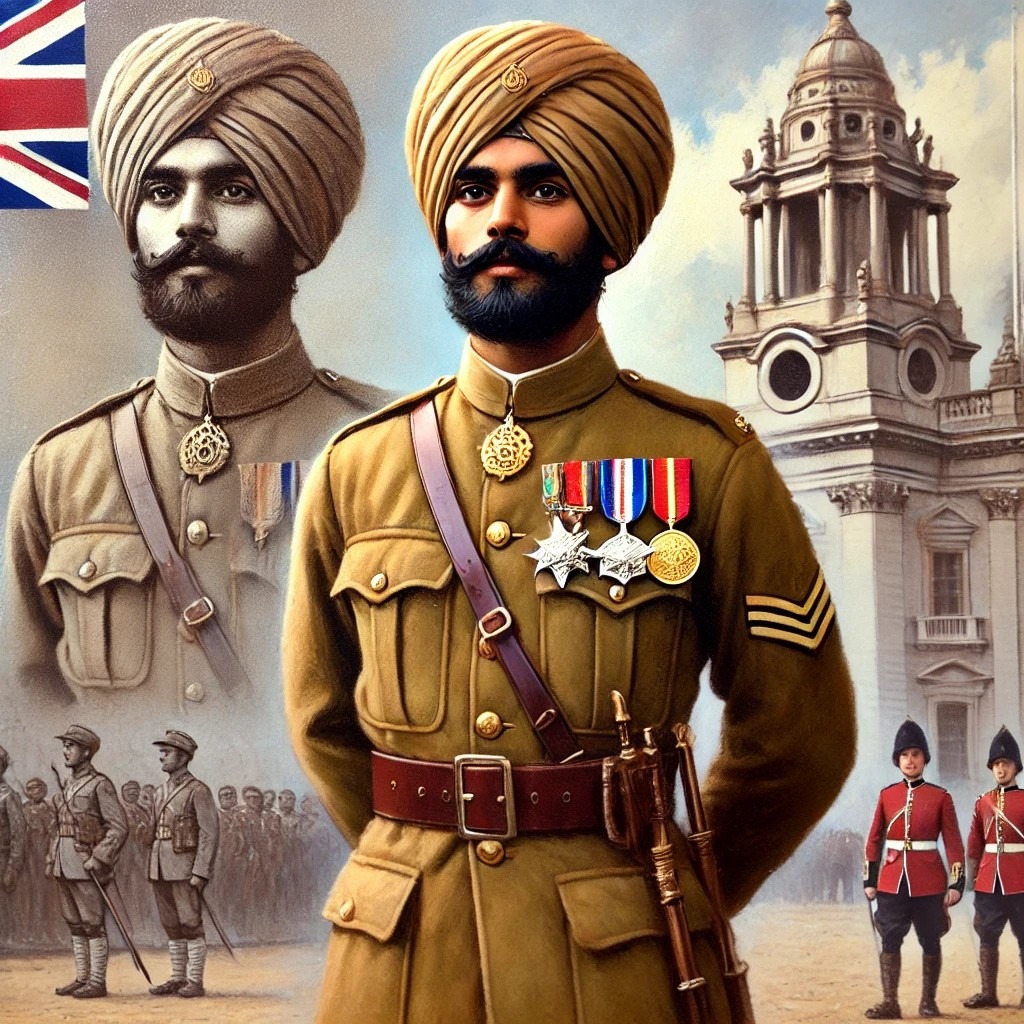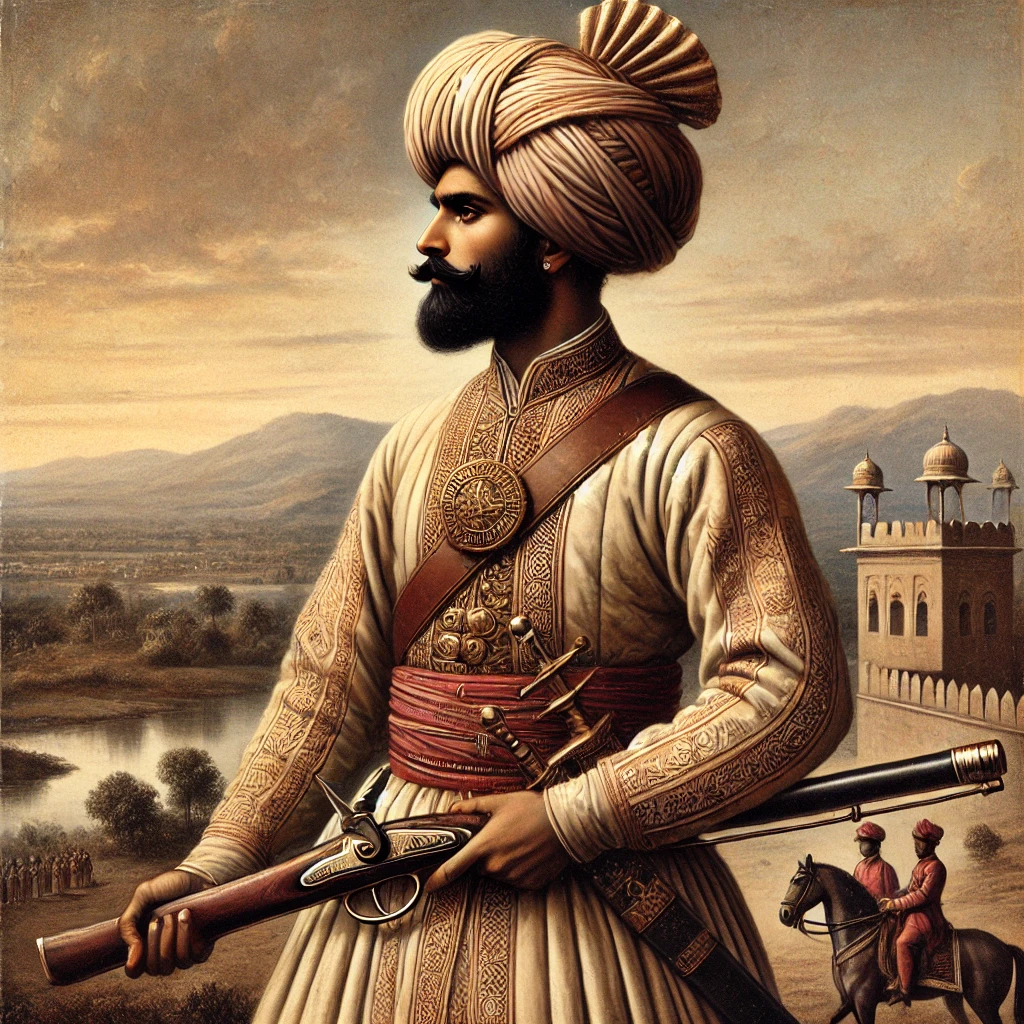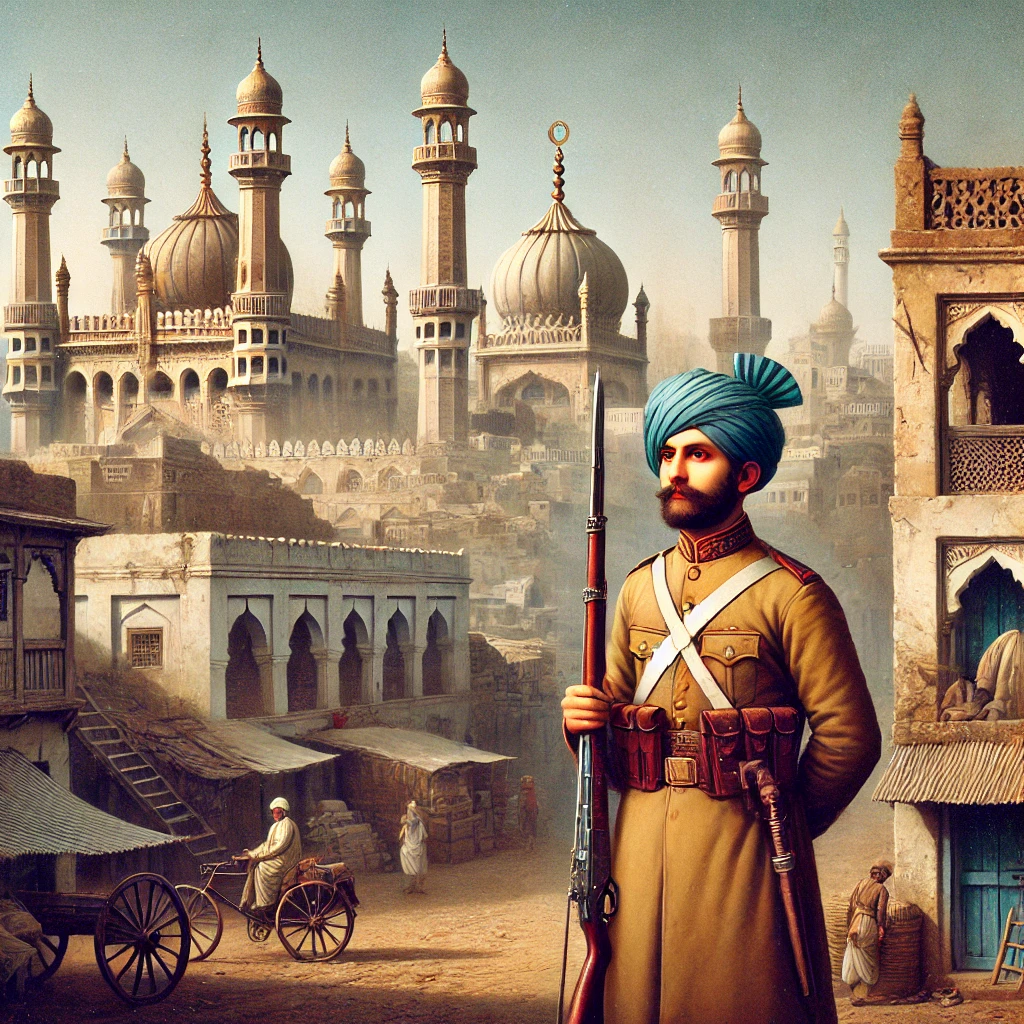

The Legacy of Haji Ahmad: Founder of Kaza Village in Machilipatnam District
Historical Context and Migration
Haji Ahmad, a notable jagirdar under the Mughal Empire, lived during a period of significant upheaval in the mid-19th century. His tenure as a jagirdar from around 1830 to 1850 was marked by political instability and challenges posed by the expanding British East India Company. The 1857 Rebellion, also known as the First War of Indian Independence, had profound effects on Mughal administration and its officials.
Migration to Kaza
To escape the threats and instability following the 1857 Rebellion, Haji Ahmad relocated from his jagir. The rebellion and the subsequent transition of power from Mughal to British control led many Mughal officials, including jagirdars, to seek refuge in less affected areas. Haji Ahmad moved to Kaza village in Machilipatnam district, an area relatively secure from the immediate impacts of British administrative changes. Kaza, historically known as Mustafa Nagar, provided a safe haven during this turbulent period.
Political and Administrative Transitions
During Haji Ahmad’s migration, the region experienced significant political transitions. The Nizam of Hyderabad, a significant local ruler, was navigating a complex relationship with the British East India Company. Although the Challapalli Raja, a local ruler under the Nizam, governed parts of the region, Kaza remained a buffer zone with less direct control from both Mughal and Nizam authorities. The British introduced new administrative systems, but Kaza’s status allowed it to function with relative autonomy during this transition.
Haji Ahmad’s Legacy and Influence
Haji Ahmad’s establishment of Kaza as a refuge for his community highlights his strategic vision and leadership. The village served as a secure location amid the shifting political landscape and the encroaching British rule.
Descendants and Their Impact
Hasan Ahmad
Succeeded Haji Ahmad and managed the family’s affairs during the Nizam’s rule, navigating the complexities of local politics and adapting to British governance.Ahmed Saheb
Continued the family legacy during British rule, balancing traditional practices with new administrative demands.Sepoy Mohammad Hanif
Distinguished himself in World War I as Sepoy Mohd Haneef 2589, 83rd Light Infantry, later reorganized as part of the Hyderabad Regiment.The 83rd Light Infantry, originally part of the Bombay Army, was reorganized in 1922 and became the 3rd Battalion of the 19th Hyderabad Regiment. This regiment was later restructured into what is known today as the Kumaon Regiment in the Indian Army. Sepoy Mohammad Hanif’s service in the HYDERABAD Regiment, which was associated with the 83rd Light Infantry, highlights the complex history of loyalty to the British and the struggle for Indian independence. His bravery in World War I earned him several prestigious awards, including the 1914-15 Star, the British War Medal, the Victory Medal, and the Silver War Badge. Mohammad Hanif’s service was recognized internationally when he attended the George V Crown Ceremony in London, showcasing his family’s contributions on a global stage.
Mohammad Mustafa Sha Qhadri
Preserved the family’s spiritual and cultural traditions during the British era, contributing significantly to the region’s heritage.Fazlullah Sadiq Mohammad
The current descendant and spiritual leader, Fazlullah Sadiq Mohammad, continues to honor the family’s legacy. As the Founder and CEO of WebsClub, he maintains the traditions of his ancestors while contributing to modern entrepreneurship and community development.
Preserving the Legacy
Kaza village, formerly Mustafa Nagar, remains a testament to Haji Ahmad’s foresight and resilience. With the recent transition of Krishna district to the newly proposed Machilipatnam district, Kaza’s historical importance is increasingly recognized. The village stands as a cornerstone of the region’s past and present, reflecting the enduring impact of its founder and subsequent generations.



